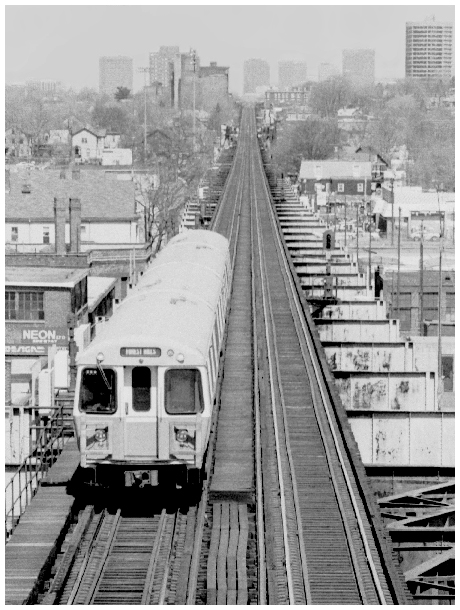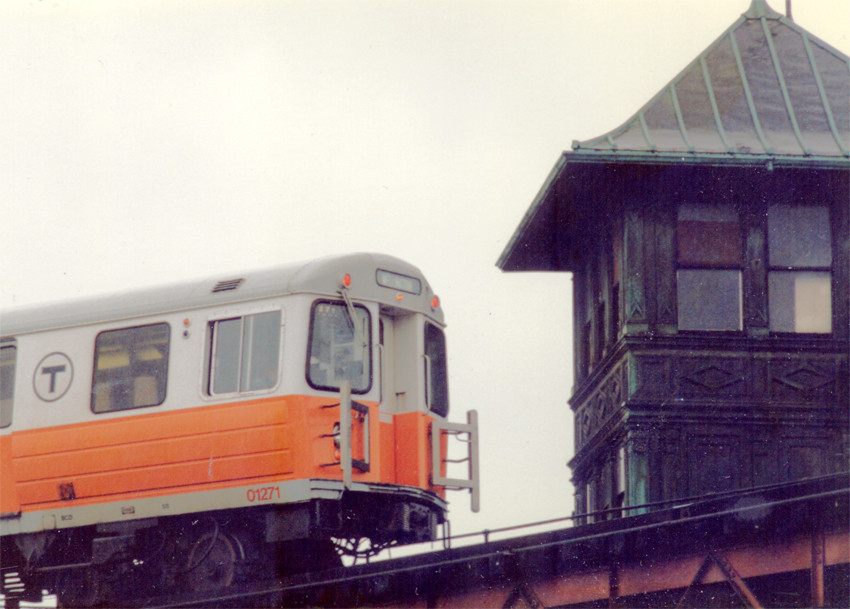F-Line to Dudley
Senior Member
- Joined
- Nov 2, 2010
- Messages
- 9,562
- Reaction score
- 10,472
You know, a few years ago I was going to ask the railfans here about headway times. I thought something was different.
The next three years are going to be tough.
And the saddest thing of all is that there are adults with several commute years in the workforce who've lived in this town their entire lives but weren't even born when this very same car fleet last ran at a 'normal' rush-hour headway.


The SW Corridor not only had more stops than the El and took longer because of the extra stops, but the longer platforms finally allowed all peak trainsets to extend from 4 to 6 cars. But no additional cars were ordered, so all of that newly-created car shortage got sucked out of the headways.
The Red Line had a similar platform extension project going on at the same time, and also went from 4 to 6 cars within one calendar year of the Orange relocation. They ordered the 54 new 01700 series Red cars to balance the ledger for the increased train length. And that was without any of the route changes like Orange.
Had they not shorted the car supply 30 years ago, Orange would be running rush-hour headways more or less equal to Red. Pre-1987 and post-1987 is a jarring difference in service levels. Thankfully we only have to wait 4 more years. New Bostonians may feel like breaking out the happy dance when they first feel the service increases from having a right-sized car supply...but stand next to somebody in their late-50's who's been commuting on Orange their whole working lives and they'll be like "Meh...everything old becomes new again. At least they didn't wait till after I retired to fix what they broke."






